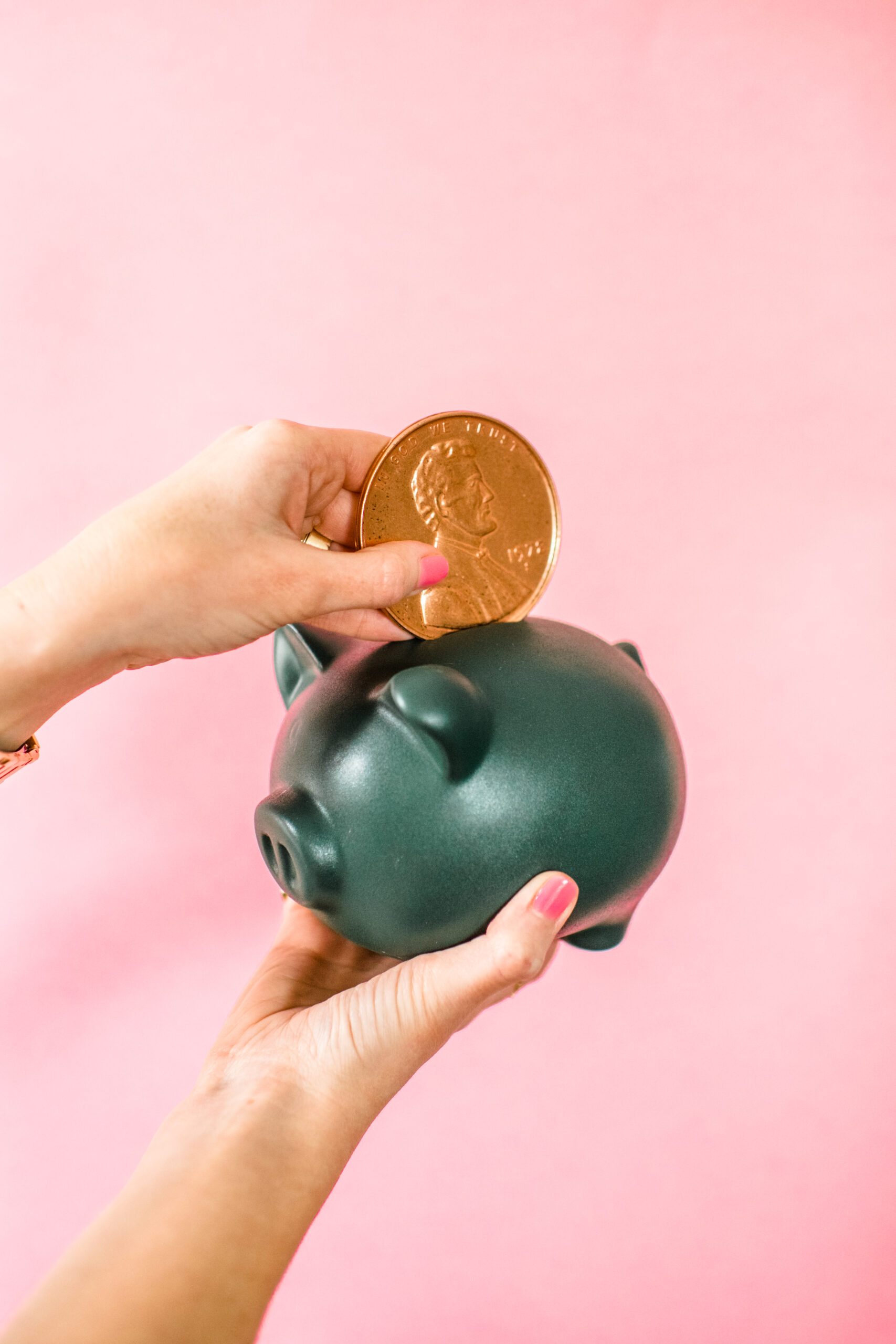P&L shows your income and expenses. What it doesn’t show are things like – how much money is in your bank account or how much money you owe. Now, we’ll introduce you to her BFF, the Balance Sheet! She’s a little less well known, but just as important.
STEP 1: GET YOUR BOOKS IN SHAPE
Just like the P&L report, everything has to be balanced in order for this statement to be accurate and helpful. Make sure you know the difference between expenses like office supplies (which show up on your P&L) and assets like furniture and equipment (these are on your Balance Sheet).
STEP 2: RUN THE REPORT
We recommend running this report monthly (along with your P&L, of course). If you are using Quickbooks online, just go to the left hand side and chose REPORTS then BALANCE SHEET.
STEP 3: HOW DO I USE THIS INFORMATION
A Balance Sheet shows three things: Assets, Liabilities, and Equity ASSETS: This is going to include any cash you have on hand, and any physical assets (like equipment) that increase the value of your business. If you were going to hypothetically sell your business, these are the things you would/could include. LIABILITIES: Any money you owe! Credit cards, loans, money you owe in sales tax, etc. EQUITY: This is the amount of money that you’ve put into your business (owner’s draw) and money you’ve taken out of your business (owner’s contribution), as an owner. This does not include payroll. *This can get more complex with multiple owners and loans payable to owners. This is important because it shows your financial standing. You might look at your bank account and think you’ve got a lot of money, but if you also have a lot of debt then your balance sheet will show you the overall health of your finances.

[…] the end of the year, give a P&L and a Balance Sheet (which you create in Quickbooks) to your CPA and they can go through your business expenses and […]